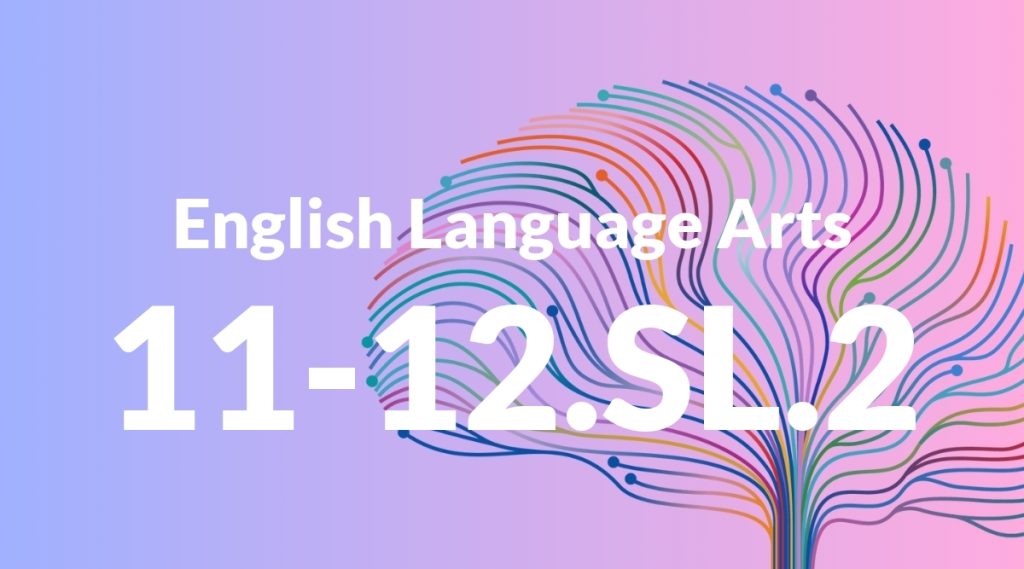Standard: 11-12.SL.2 – Integrate multiple sources of information presented in diverse formats and media (e.g., visually, quantitatively, orally) in order to make informed decisions and solve problems, evaluating the credibility and accuracy of each source and noting any discrepancies among the data.
Grade level: Grade 11-12
Subject: English Language Arts
Domain: Speaking & Listening
Teacher Overview
This standard emphasizes the importance of integrating and evaluating information from multiple sources presented in various formats. Mastery of this standard enables students to make informed decisions and solve problems by critically assessing the credibility and accuracy of the information they encounter. Students should have foundational research skills and basic critical thinking abilities to evaluate the reliability and relevance of different sources.
Upon mastering this standard, students will be equipped to apply these critical evaluation skills in various contexts, such as conducting independent research projects or participating in informed debates.
Common Misconception 1
A common misconception is that all sources of information are equally credible. This is incorrect because sources vary widely in their reliability and accuracy, and students need to learn how to discern these differences.
Intervention 1
An evidence-based intervention involves teaching students specific criteria for evaluating sources, such as the author’s qualifications, the publication date, and the evidence provided within the source.
Common Misconception 2
Another misconception is that discrepancies among sources indicate that all sources are unreliable. This is incorrect because discrepancies can result from different perspectives or methodologies, and understanding these differences is crucial.
Intervention 2
To remediate this misconception, guide students in critically assessing discrepancies by considering the context, purpose, and methodology of each source.
Prerequisite Knowledge
Students should understand basic research skills, including how to find and cite sources, as well as fundamental critical thinking skills to evaluate information for credibility and relevance.
Subsequent Knowledge
After mastering this standard, students will be able to apply these critical evaluation skills in more complex scenarios, such as conducting independent research projects or engaging in informed debates.
Instructional Activities
- Group analysis of news articles for bias
- Class discussion on evaluating scientific studies
- Multimedia presentation assessments
- Online information reliability workshops




